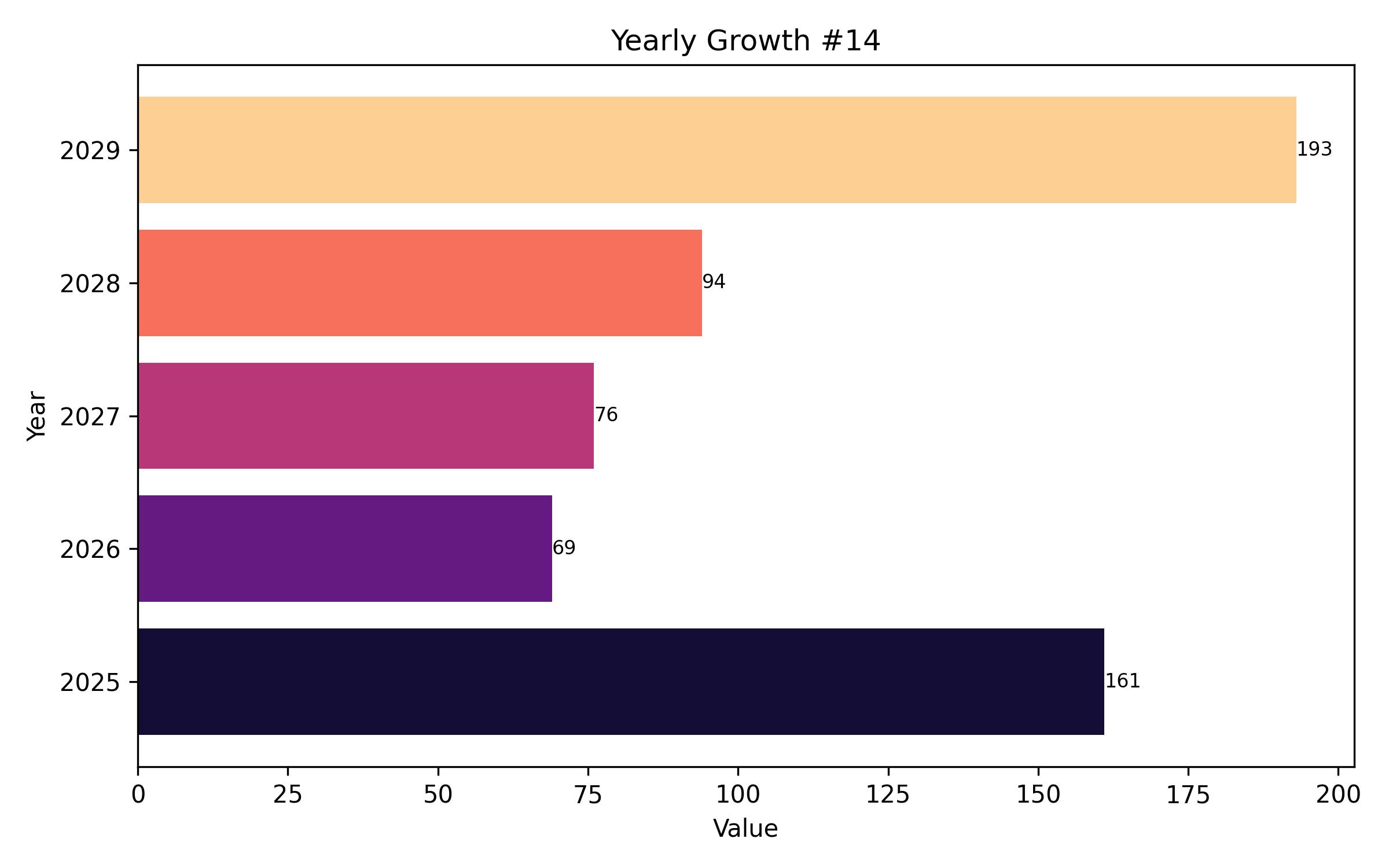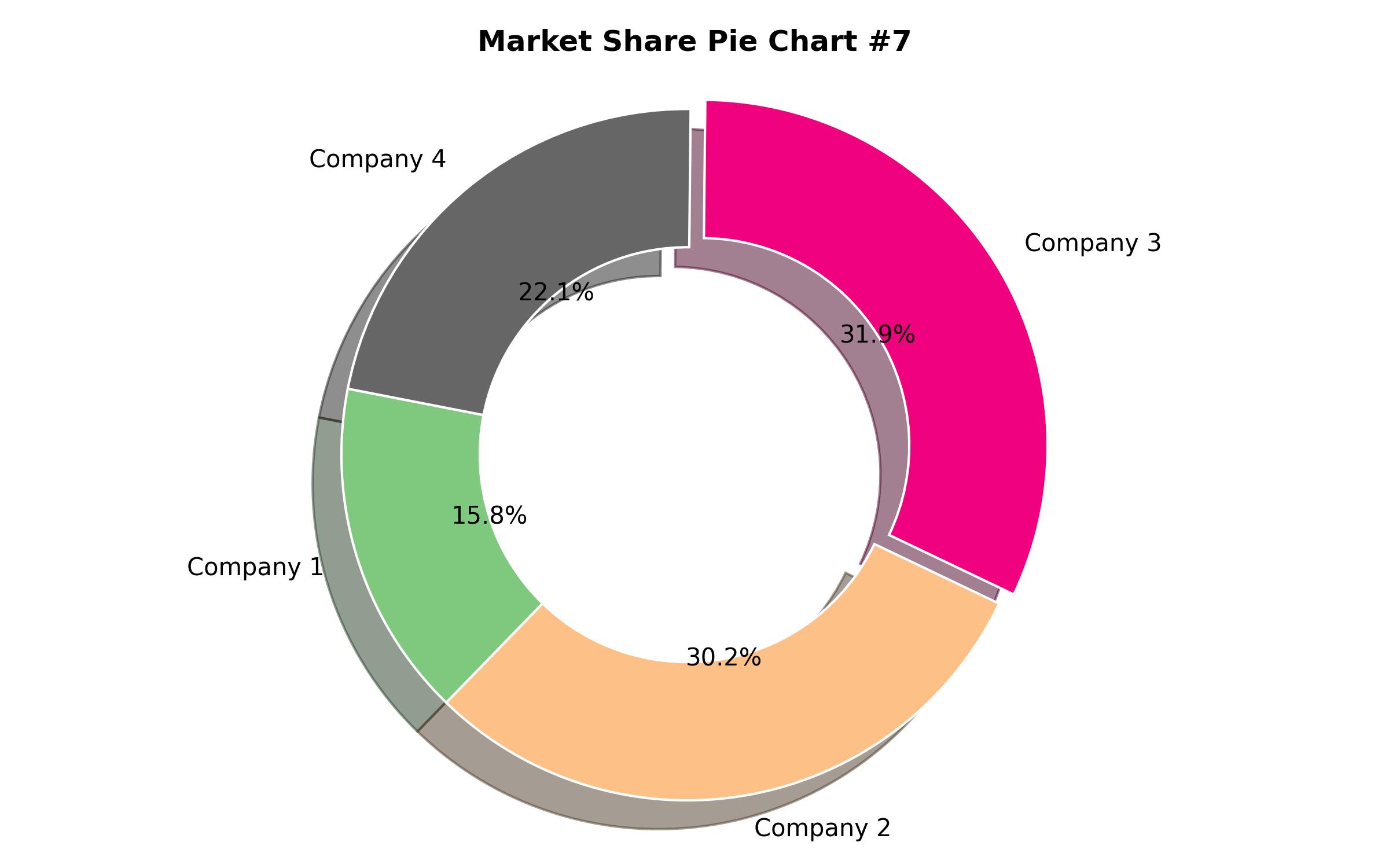Analysis of Atomic Clock Market Size, Developments, and Projections from 2025 to 2035
Overview:
The global atomic clock market is poised for substantial growth, with increasing demand across various sectors. In 2025, the market is anticipated to reach a valuation of USD 609.0 million. This growth trajectory is expected to continue, driving the market to an estimated USD 1.20 billion by 2035, reflecting a compound annual growth rate (CAGR) of 7.0% from 2025 to 2035. The escalating need for precise timing solutions in telecommunications, aerospace, and defense is a primary driver.
Atomic clocks are integral to maintaining synchronization in communication networks, ensuring accurate positioning in navigation systems, and supporting advanced research in scientific applications. The rising investments in these sectors, particularly in emerging economies, are set to further propel market expansion. Innovations in clock miniaturization and enhanced accuracy are also contributing to their wider adoption.
Regionally, North America and Europe are leading markets due to significant investments in advanced technologies and infrastructure. However, the Asia-Pacific region is expected to witness the highest growth rate, driven by rapid industrialization and increasing adoption of advanced technologies. Key competitors are strategically focusing on product development and regional expansion to enhance their market presence.
Technological advancements, coupled with the growing need for precise timing in various applications, are transforming the market landscape. These clocks are widely used for critical tasks, and their ability to provide unparalleled accuracy and reliability is a key factor in their increasing adoption. The market’s future growth is also bolstered by continuous research and development activities aimed at enhancing performance and reducing costs. This will continue to shape the trajectory of the global atomic clock market.
Furthermore, the increasing reliance on Global Navigation Satellite Systems (GNSS) and the deployment of 5G networks are creating additional opportunities for atomic clock manufacturers. The demand for high-speed data transmission and synchronization in these applications necessitates the use of highly accurate timing solutions, thereby driving market growth. The competitive landscape is characterized by the presence of both established players and emerging companies, all striving to gain a competitive edge through technological innovation and strategic partnerships.

Year On Year Growth Chart
“`html
| Report Attribute | Details |
|---|---|
| Market Size in 2025 | USD 609.0 million |
| Revenue Forecast for 2035 | USD 1.20 billion |
| Growth Rate (CAGR) | 7.0% from 2025 to 2035 |
| Base Year for Estimation | 2024 |
| Historical Data | 2018 – 2024 |
| Forecast Period | 2025 – 2035 |
| Quantitative Units | Revenue in USD million/billion and CAGR from 2025 to 2035 |
| Report Coverage | Revenue forecast, company market share, competitive landscape, growth factors, and trends |
| Covered Segments | Type, propulsion type, and region |
| Regional Scope | North America, Europe, Asia Pacific, Latin America, MEA |
| Country Scope | U.S., Canada, Mexico, U.K., Germany, Italy, Poland, China, India, Japan, Australia, South Korea, Brazil, UAE, KSA, South Africa |
| Key Companies Analyzed | Microchip Technology Inc.; Orolia (Safran Group); AccuBeat Ltd.; Stanford Research Systems; IQD Frequency Products Ltd. |
| Customization Options | Free report customization (up to 8 analysts working days) with purchase. Changes to country, regional, and segment scope |
| Pricing and Purchase Options | Customizable purchase options for tailored research needs |
“`

Key Companies Market Share
Report Coverage & Deliverables
- Market Trends And Dynamics
- Competitve Benchmarking
- Historical data and forecasts
- Value/Volume analysis
- Company revenue shares and key strategies
- Regional opportunities
This is an indicative segmentation. Please request a sample report to see detail segmentation of this market.
Detailed Market Segmentation
- By Type
- Rubidium Atomic Clocks
- Cesium Atomic Clocks
- Hydrogen Maser
- By Application
- Telecommunications
- Aerospace and Defense
- Scientific and Metrology
- Navigation and Positioning
- Other Applications
- By End-User
- Government and Defense
- Commercial
- Research and Development
- By Region
- North America (U.S., Canada, Mexico)
- Europe (U.K., Germany, France, Italy, Rest of Europe)
- Asia-Pacific (China, India, Japan, South Korea, Rest of Asia-Pacific)
- Latin America (Brazil, Argentina, Rest of Latin America)
- Middle East & Africa (GCC Countries, South Africa, Rest of MEA)
Table of Content
- Executive Summary
- Market Overview
- Key Market Dynamics
- Global Atomic Clocks Market Analysis, 2018 – 2024 and Forecast, 2025 – 2035
- Market Value Projections
- Growth Rate Trends
- Atomic Clock Market Analysis by Type, 2018 – 2024 and Forecast, 2025 – 2035
- Rubidium Atomic Clocks
- Market Size and Forecast
- Growth Drivers and Restraints
- Cesium Atomic Clocks
- Market Size and Forecast
- Technological Advancements
- Hydrogen Maser
- Market Size and Forecast
- Application Analysis
- Rubidium Atomic Clocks
- Atomic Clock Market Analysis by Application, 2018 – 2024 and Forecast, 2025 – 2035
- Telecommunications
- Aerospace and Defense
- Scientific and Metrology
- Navigation and Positioning
- Other Applications
- Atomic Clock Market Analysis by End-User, 2018 – 2024 and Forecast, 2025 – 2035
- Government and Defense
- Commercial
- Research and Development
- Regional Market Analysis, 2018 – 2024 and Forecast, 2025 – 2035
- North America Market Analysis
- Europe Market Analysis
- Asia-Pacific Market Analysis
- Latin America Market Analysis
- Middle East & Africa Market Analysis
- Competitive Landscape
- Market Share Analysis
- Key Player Profiles
- Strategic Developments
- Research Methodology
- Assumptions and Acronyms
